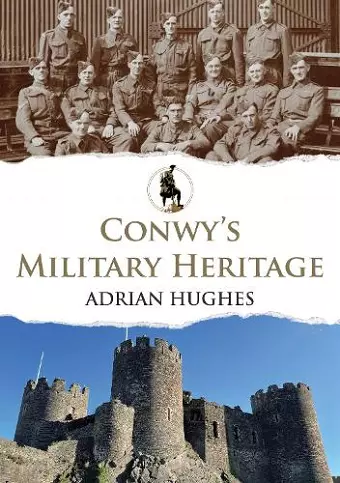Conwy's Military Heritage
A Journey Through Conwy's Military Past
Format:Paperback
Publisher:Amberley Publishing
Published:15th Feb '24
Should be back in stock very soon

This book delves into the extensive military history of Conwy, highlighting significant events and developments from the Iron Age to modern times.
Conwy's military history is a rich tapestry woven through over two millennia, beginning with the Iron Age. The ancient hill fort of Caer Seion served as a formidable defense against invaders from as early as the sixth century BC, evidenced by the discovery of slingshot stones that highlight the area’s tumultuous past. The Welsh victory over an Anglo-Saxon army in 881 marked a significant moment in Conwy's military narrative, showcasing the region's strategic importance.
The construction of Edward I's impressive castle at the mouth of the River Conwy in the late 13th century transformed the town into a fortified settlement. This stronghold witnessed numerous historical events, including Richard II's refuge in 1399 and the sieges during the English Civil War. The military significance of Conwy extended into the 19th century with the establishment of an army camp at Morfa, which played a vital role during the First World War, housing the Salford Pals and the Royal Engineers.
Throughout the Second World War, Conwy continued to be a crucial military hub, with the assembly of Mulberry Harbours for the Normandy landings and the production of aircraft components at Ratcliffe Engineering. The presence of prisoner-of-war camps in the area further enriched the town’s military legacy, leading to a unique blend of cultures as some ex-prisoners chose to settle in Conwy after the war. Conwy's Military Heritage offers a comprehensive exploration of this remarkable history.
ISBN: 9781398104785
Dimensions: unknown
Weight: 305g
96 pages